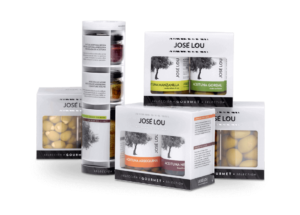Home » Consumer Decision-Making Process: The Pivotal Role of Packaging
Consumer Decision-Making Process: The Pivotal Role of Packaging

In the complex journey of consumer decision-making, packaging plays a more significant role than many businesses might realize. It’s not merely a container for your product; it’s a crucial communication tool that can influence customer decisions at various stages. This blog post delves into the consumer decision-making process and examines how product packaging can sway these decisions, ultimately impacting sales and brand loyalty.
Understanding the Consumer Decision-Making Process
The consumer decision-making process typically involves several stages: recognizing a need, searching for information, evaluating alternatives, making the purchase decision, and post-purchase behavior. At each of these stages, packaging can have a profound impact.
Need Recognition
- Attracting Attention: Eye-catching packaging design can stimulate the recognition of a need or desire. Unique shapes, colors, or designs can draw consumers’ attention in a crowded retail environment, prompting them to consider a purchase they hadn’t previously planned.
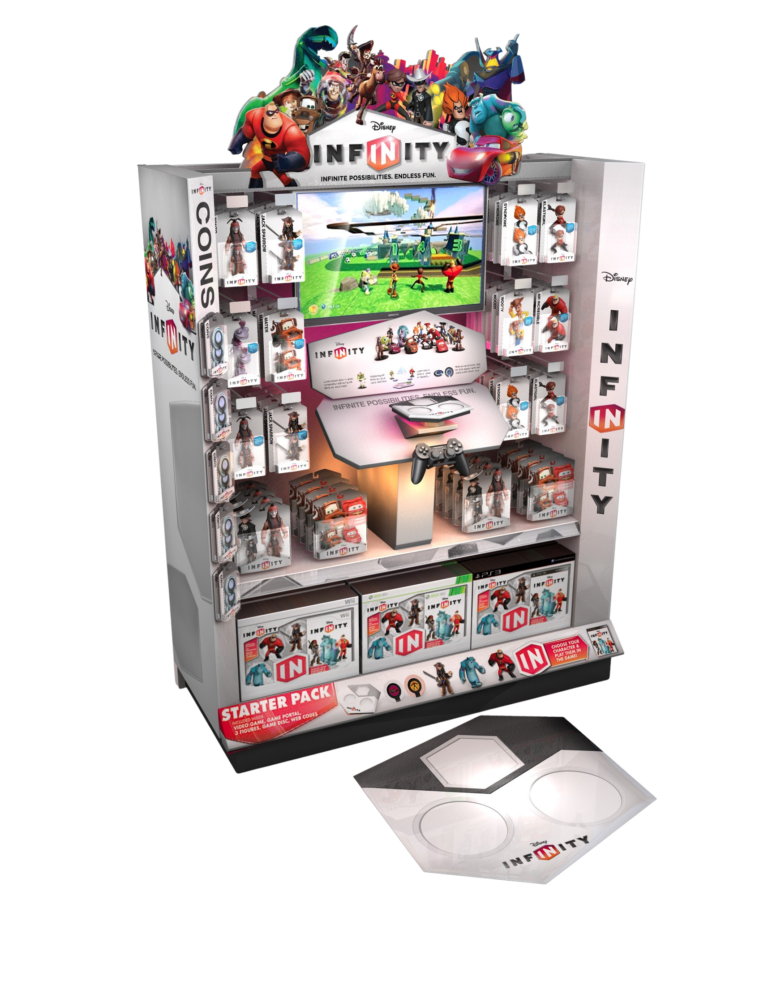
Information Search
- Providing Key Information: Packaging serves as a primary source of information for consumers. Clear, concise, and visible information about the product, such as its uses, benefits, and any unique selling points, can facilitate the consumer’s information search process.
Evaluation of Alternatives
- Differentiating from Competitors: In this stage, consumers compare your product with others. Packaging that stands out in terms of design, functionality, or sustainability can give your product a competitive edge.
- Conveying Quality: High-quality packaging can create a perception of a high-quality product, influencing the consumer’s evaluation favorably.
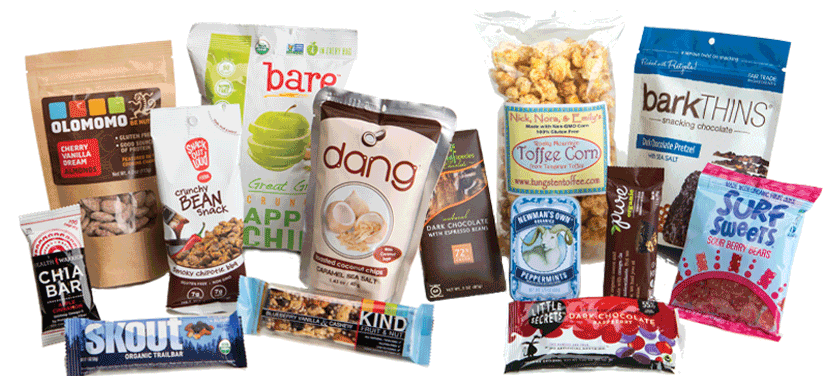
Purchase Decision
- Emotional Influence: Packaging can evoke emotions and feelings that sway the purchase decision. For instance, packaging that resonates with a consumer’s values (like eco-friendliness) can be the deciding factor in choosing one product over another.
- Ease and Convenience: Functional aspects of packaging, such as ease of use, resealability, or portability, can also play a critical role in the final purchase decision.
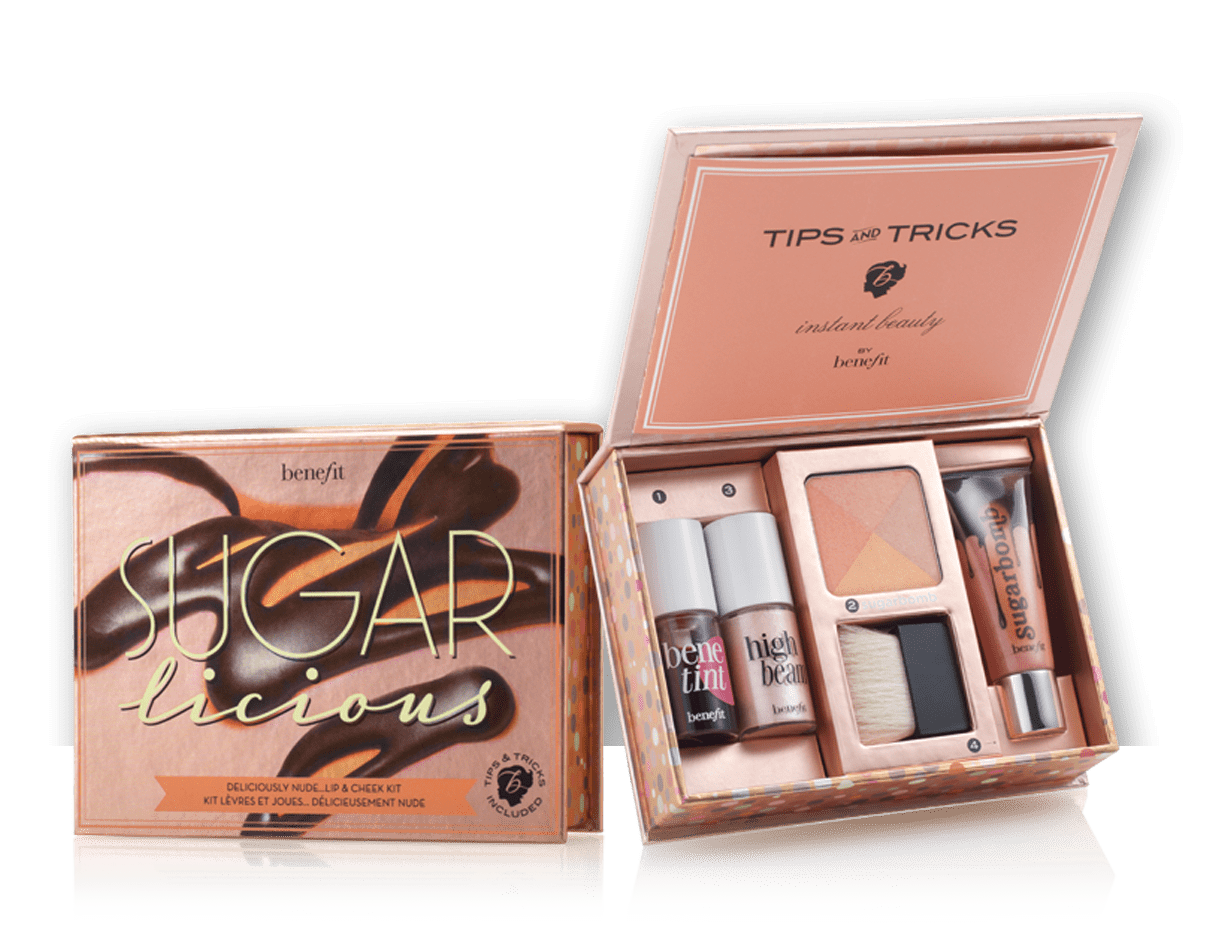
Post-Purchase Behavior
- Ensuring Satisfaction: The role of packaging doesn’t end at the point of purchase. How the packaging performs in terms of protecting the product, ease of storage, and disposal can affect the customer’s overall satisfaction.
- Influencing Repurchase and Loyalty: Positive experiences with a product’s packaging can lead to repeat purchases and brand loyalty. Conversely, packaging that is difficult to open, store, or dispose of can deter future purchases.

Packaging as a Tool for Building Brand Identity
- Reflecting Brand Values: Packaging that aligns with your brand’s identity and values can strengthen your brand image in the consumer’s mind.
- Creating Brand Recognition: Consistent packaging design across different products can aid in brand recognition, making it easier for consumers to identify your products in the future.
If you are interested in packaging solutions tailored to attract and acquire your customers, then partner with Brown Packaging today to get started.
RSC boxes are known for their efficiency and versatility, but their performance ultimately comes down to strength. Buyers often see numbers like ECT, BCT, and
In packaging, foam isn’t just about initial protection — it’s about maintaining performance over the entire shipping or storage cycle. Compression set and recovery characteristics
Pouches are a go-to for flexibility and convenience, but they can fail in critical ways—from poor seals to punctures and delamination—that hurt performance and brand
In the retail environment, the placement of Point of Purchase (POP) displays is just as critical as their design and content. Strategic positioning can significantly
Choosing the right foam density isn’t about “soft” versus “hard” — it’s about controlling shock transmission and matching the foam’s cushioning curve to the product’s
Moisture resistance and dimensional stability are critical performance factors for custom inserts, especially when products are shipped or stored in variable climates. Both foam and
Home » Consumer Decision-Making Process: The Pivotal Role of Packaging
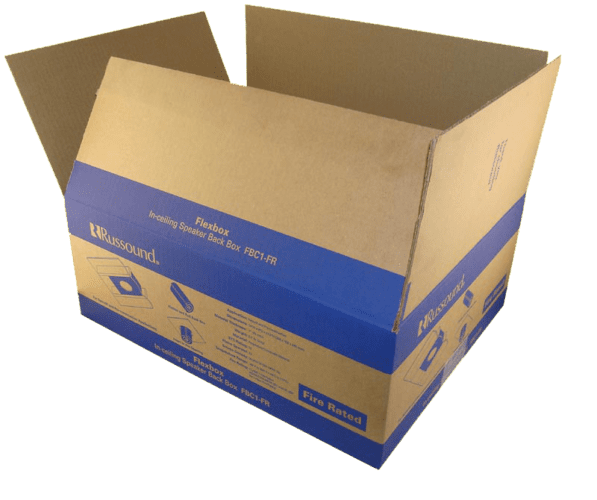
RSC boxes are known for their efficiency and versatility, but their performance ultimately comes down to strength. Buyers often see numbers like ECT, BCT, and

In the realm of marketing, storytelling has evolved into a potent tool for brands to forge meaningful connections with consumers. Beyond the mere sale of

In the world of packaging, making a memorable impression is crucial. Packaging not only protects and delivers products but also serves as a powerful branding


